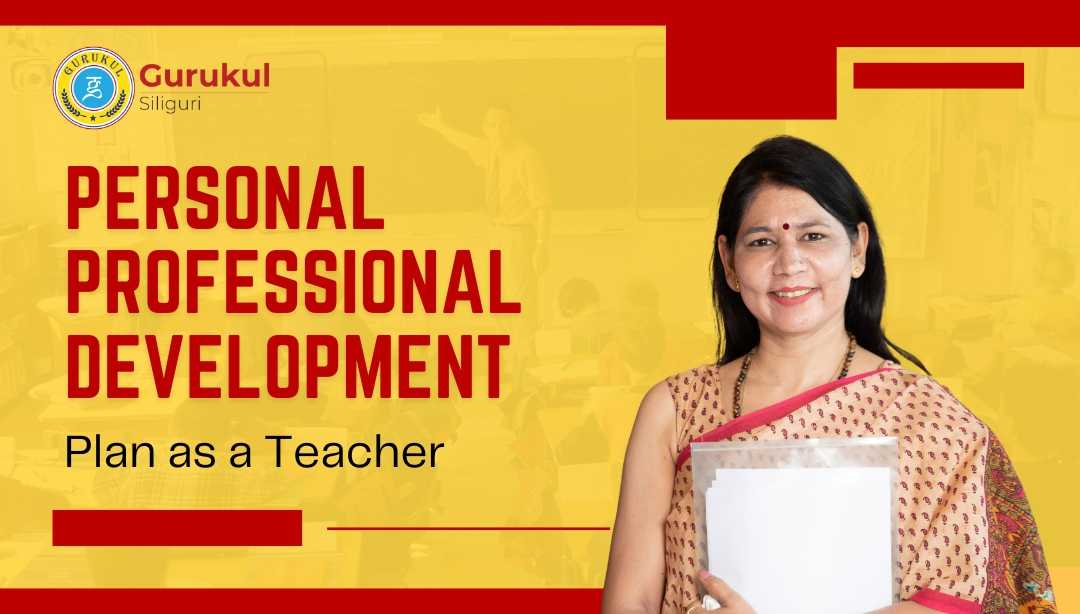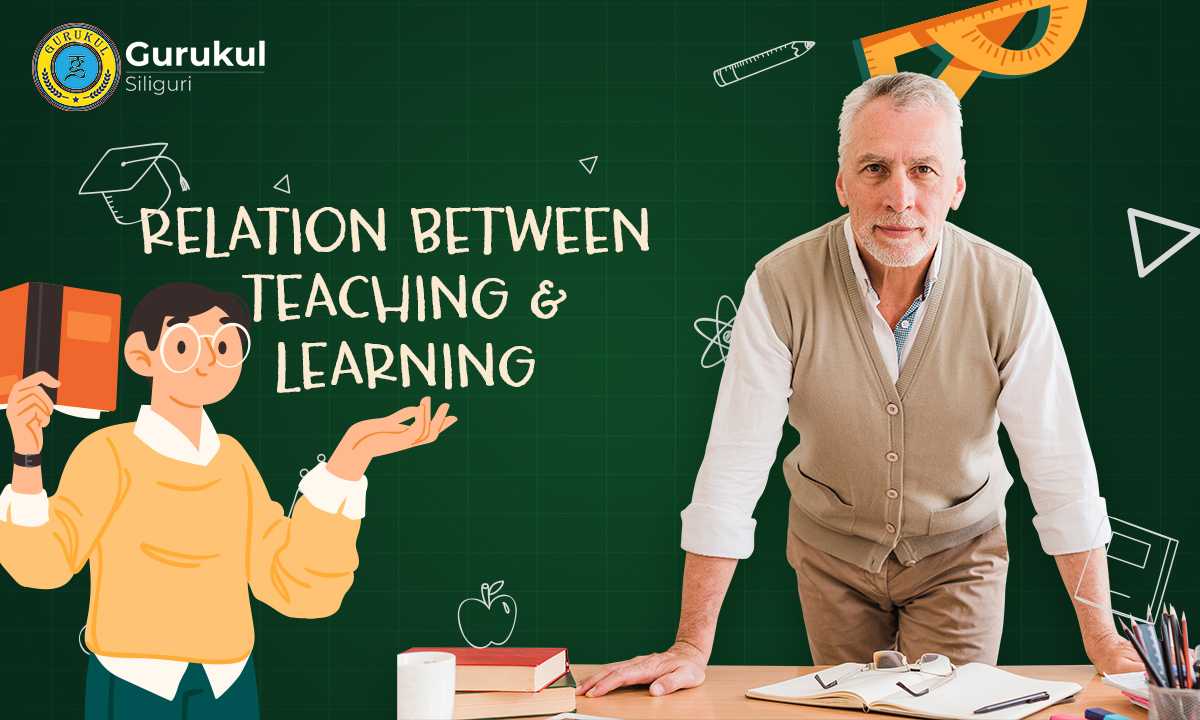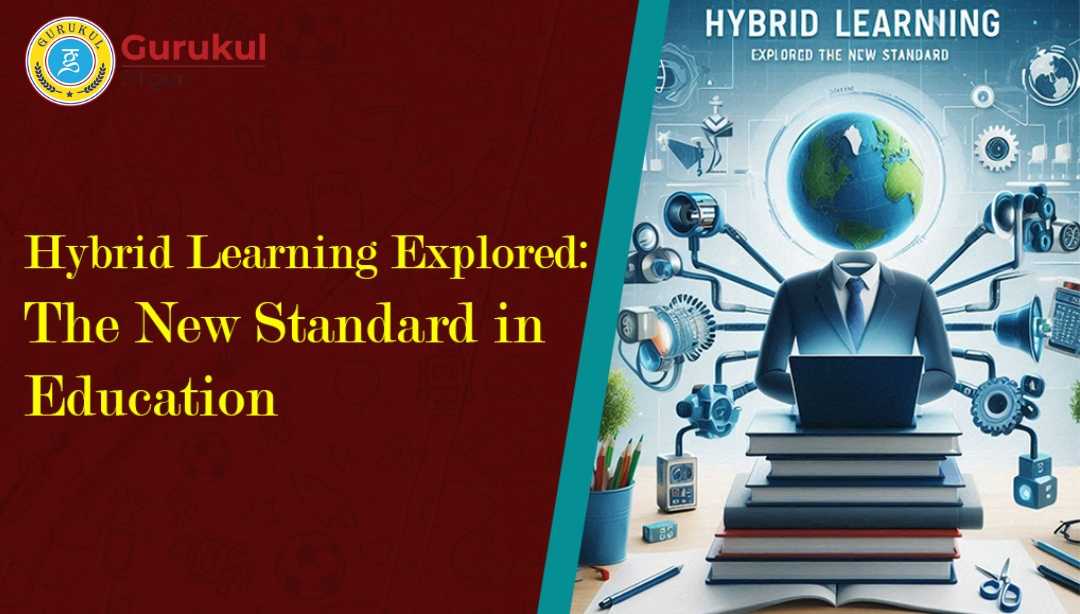Introduction to Hybrid Learning: What It Is and How It Works
What It Is Hybrid Learning
During this time, there were problems with both online and offline modes of learning. For offline classes, there were issues like time management, travel time, or sometimes extreme weather conditions like intense heat or heavy rainfall. Similarly, in online classes, it feels like the friendly relationship with the teacher and classmates is gradually diminishing. The enjoyment of learning with others in a physical classroom is not as present in online classes. Therefore, the best solution is hybrid learning. Hybrid learning is a type of system or platform that allows you to run both online and offline classes on a single platform, providing them to students. This is what is referred to as hybrid learning.
How It Works Hybrid Learning
A hybrid learning app can add any type of classes such as offline classes, recorded classes, virtual classes, or live streams.
- In Offline Classes: For offline classes, you need an interactive whiteboard or a digital board where students are in front of you, and you have to teach or instruct them.
- Recorded Classes: To create recorded classes, you can use offline classes; you will just need the necessary equipment for recording, such as a camera and a good sound system.
- Virtual Classes: In virtual classes, you provide the class to all students online and can have two-way communication.
- Live Stream: In live stream classes, you conduct classes live online, and anyone can join and have live communication with you online.
Benefits of Hybrid Classroom

Adaptability:
The best thing about a hybrid class is that not everyone can attend classes on a daily basis due to various reasons such as illness or personal work. However, you can attend a hybrid class from anywhere and simultaneously manage your personal tasks. According to your schedule, you can take a personal class during the week to catch up on any topic you may have missed.
Accountability:
Due to online classes, the in-person interaction between teachers and students decreases, which leads to reduced accountability and less discussion among them. This is not good for students, so a hybrid classroom should be considered.
Deep Learning:
In traditional classes, each class is conducted with all the details, so if a student misses one or two classes, they might miss important topics. However, this is not the case with hybrid classes, because if you miss any class, you can learn it online later as all the classes are available online.
Self-paced:
Traditional classes do not allow for self-pacing because students have to attend classes daily and manage everything simultaneously. If they don't, they may miss classes or subjects, which can be problematic for them. However, in a hybrid class, there is an option for students to watch online classes in their free time, ensuring they do not miss any classes.
Engagement:
When students gain knowledge by attending online classes, they can clear their doubts during traditional classes. This way, there is no time boundary.
Conclusion
The Hybrid Classroom is very good for the future, but in my opinion, for professional courses such as B.Ed, M.Ed, D.El.Ed, GNM Nursing, B.Sc Nursing, traditional classes are necessary because here students are taught theory along with practical, which is not possible in online classes.





